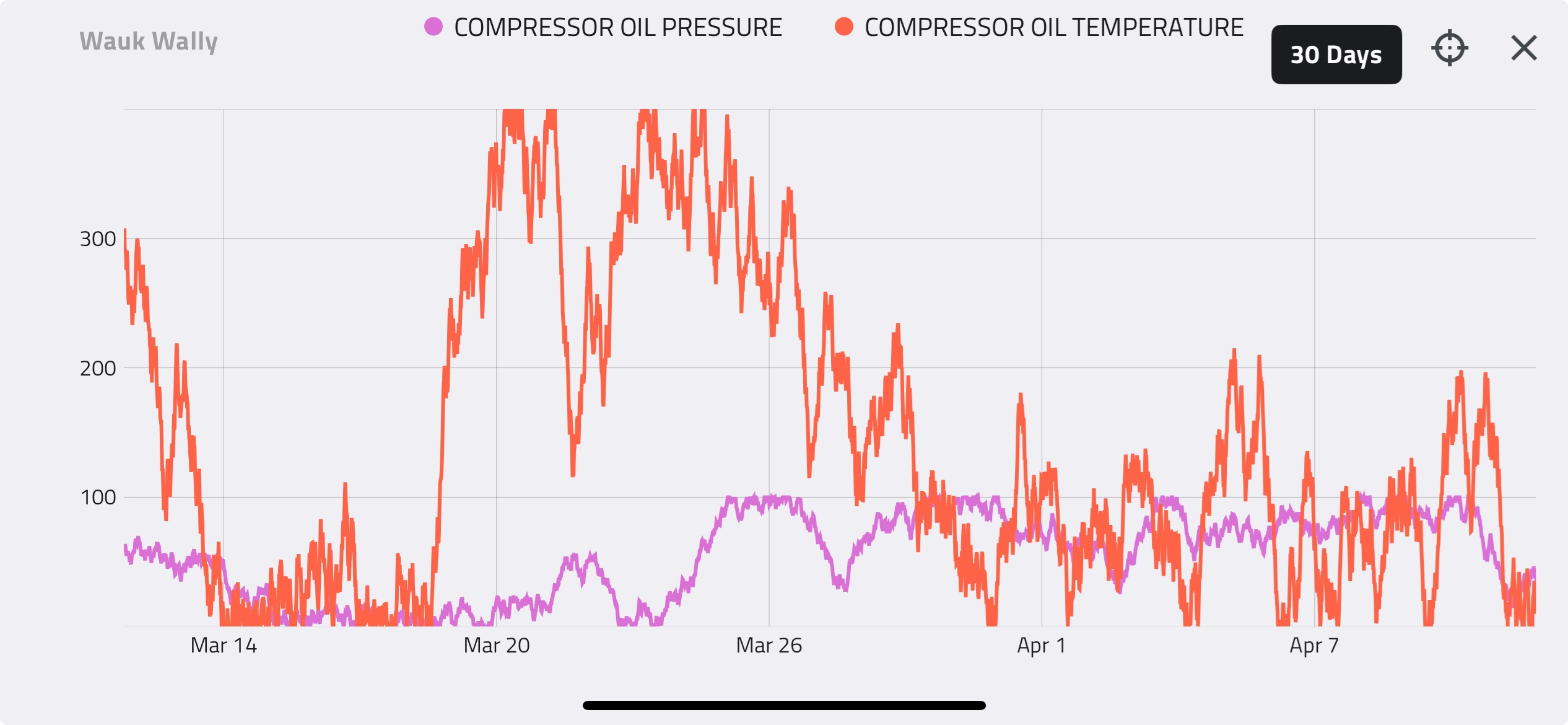Houston, TX |
Global Health, Safety and Environment (HSE) teams are adapting their risk management and safety programs as guided by the industry’s budding ESG principles.
As operational expenses are inevitable, how should programs be implemented while softening the “balance sheet blowback” during the review and approval process?
Below are 4 tips to setting your company’s ESG Goals and reduce shock for your stakeholders.
Tip 1 – Stay Informed of Local Regulations and Policy Changes re: HSE & Climate Standards
Although we all love a good e-newsletter or trade publication, climate policy changes and their progress happen more aggressively than the typical media cycle and can get lost in the shuffle when they arrive to your inbox. Setting up RSS feeds or Alerts pertaining to specific industry subject matter and regulations can help eliminate clutter while still alerting you of changing policy that could affect your business.
Set your alerts preferences using keywords that may affect your business directly in your area such as “state energy climate proposal” or “environmental social governance in [location]”. This way, you can stay informed and ahead of the curve for the future legislative developments.
Tip 2 – Manage Operations by Exception
Comprehensive maintenance programs can mean thousands in savings and emissions reduction per each avoided redundant callout. Two ways to accomplish the ability to manage by exception are to 1) set KPIs for your team to manage, monitor, and report, or 2) implement a Predictive Maintenance program to alert you of any arising issue based on supplied KPIs before they occur.
Either option allows you to refine your maintenance program in a way that helps to predict when small leaks and issues may arise along the way to a major planned maintenance appointment. These methods also allow you to evaluate manufacturer dependability, expected failure rate per component, and keep track of PM reports all in one place.
With the use of a predictive maintenance program, your company can anticipate component failures and address issues before they arise, reducing redundant callouts, added operating expense, and costly downtime of production.
Communication is key – no matter which method you choose, ensure that you have connectivity and visibility to the data supplied by your team or machine learning programs.
It is okay to ask, “If it’s not broke, why fix it?” We encourage our customers to build meaningful KPIs and thresholds that can indicate whether equipment may require attention from your team, even if the need for maintenance does not line up with a previously scheduled appointment. Establishing an effective predictive maintenance program can prevent blowby, improve fuel consumption, and protect volumetric efficiency of your systems.
Tip 3 – Convert to Paperless Transactions & Ticketing using Smart Devices in the Field
Converting your business processes to become fully paperless is an endeavor on its own but saves money and redundant data capture down the line.
To fully develop and maintain cloud-based programs, businesses have turned to costly services and consultant groups whose projects can extend beyond the intended scope and approved budget.
Although these programs can be robust for the businesses they serve, these types of projects can become a double-edged sword, resulting in lost or incomplete feedback from vendors and 3rd party services.. Low visibility begets high expenses.
Cloud-based programs with “turnkey” solutions such as templated modules can be ready for implementation within weeks, not months.
Supplement these programs with edge devices that have adaptable connectivity options and high frequency data logging to ensure you have the best view of potential threats for downtime so you can avoid redundant or pointless callouts and maintenance.
Tip 4 – Implement Asset Performance Management Software leveraged with Mobility & IIoT (combination of 2 & 3, less costly in the long run)
Gartner Analysts predict 30% growth in the market for Asset Performance Management Software as it is adopted more frequently in the oil & gas industry.
Companies have discovered that Asset Performance Management (APM) software with a proven track record in the industry has more applicable and cross-functional capabilities effectively utilized in HSE programs, field inspections, and hauling processes.
It is best to evaluate a software program on its ability to integrate with existing control systems as well as its scalability.
Customizable programs that combine edge devices and software modules with compatible Application Programming Interface (API) suites are best suited to integrate with existing processes. APMs with compatible suites ensure a more seamless implementation with your existing and developing programs (including your vendors’ interfaces) and can operate effectively with little-to-no headache.




